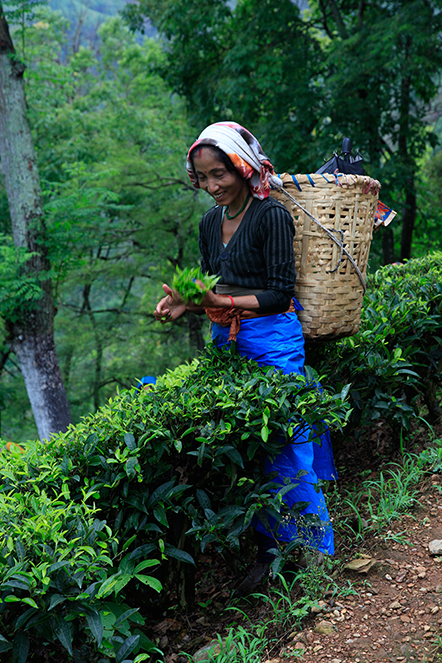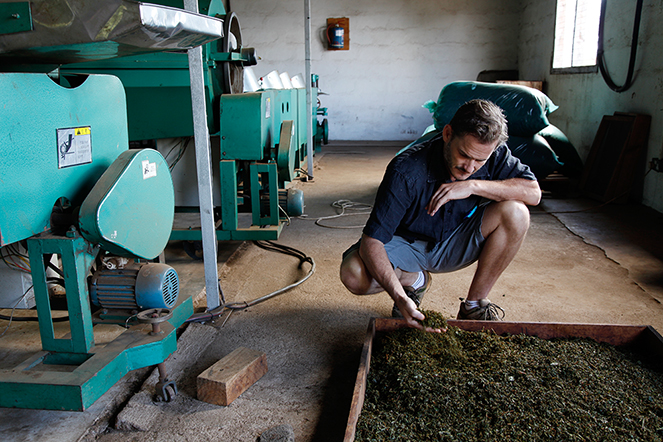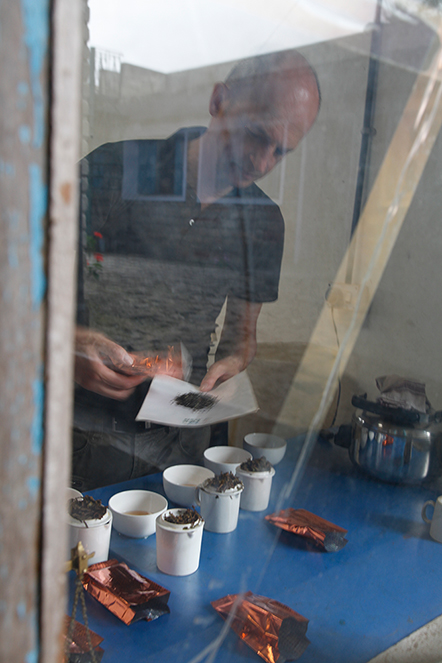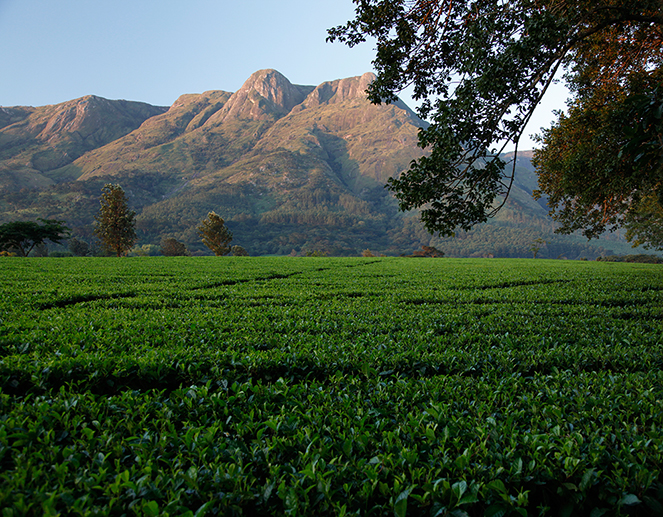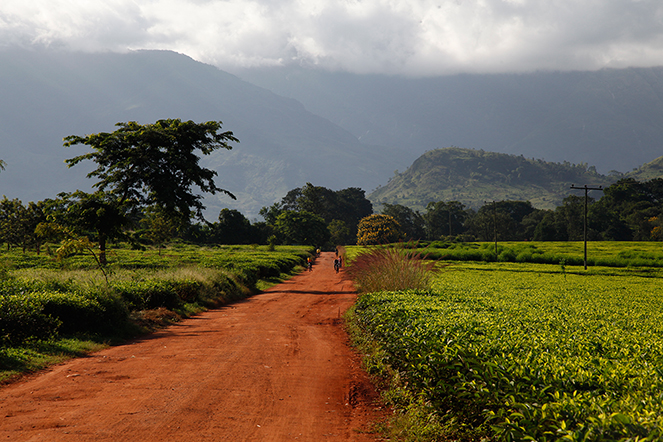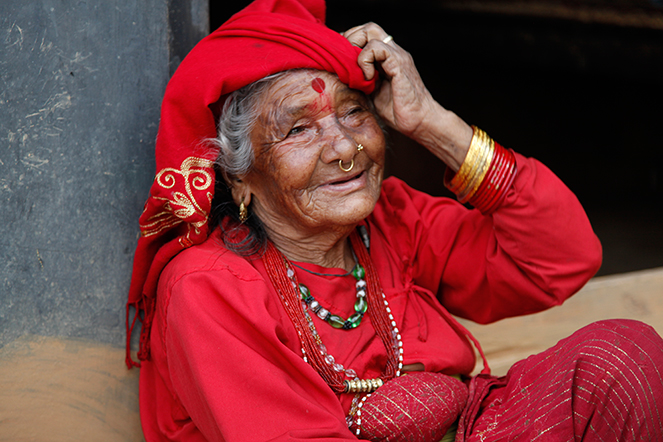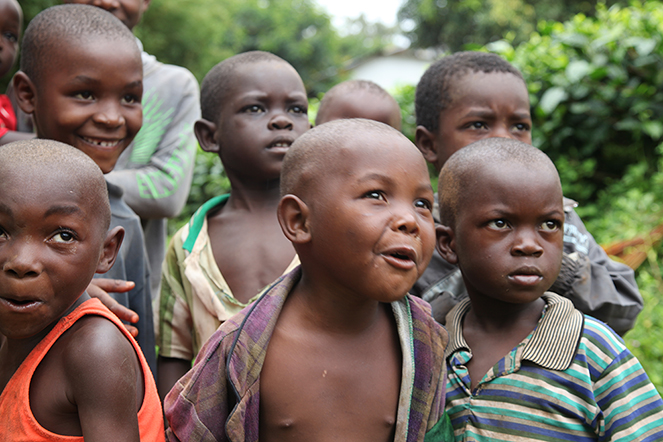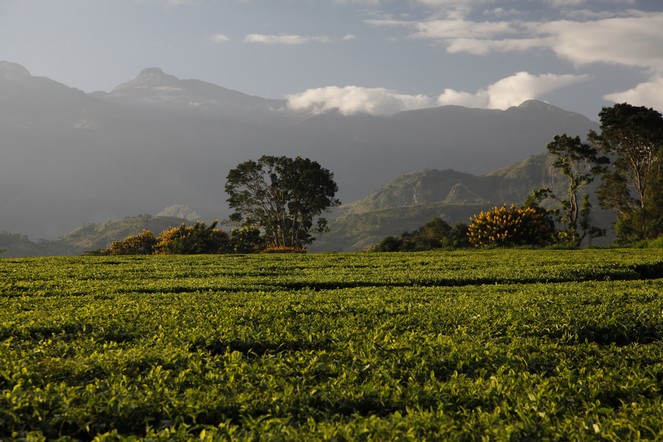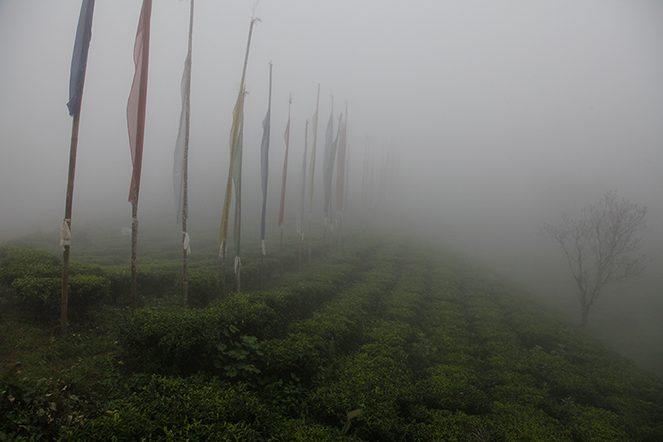This woman is 95. She lives on an isolated farm, with her husband. They live alone, on the mountainside, far from any other houses, with just a few chickens and a little land to cultivate. A tiny path leads to their house. It is so narrow you must place one foot in front of the other. I visited them last week, while walking in the mountains in eastern Nepal. I was with Andrew, the planter from Guranse who shares my love of long walks. She made us tea while we talked with her husband. She brought us the tea in a metal goblet and threw a handful of cereal into a small, separate bowl. We poured the milky tea, which was quite peppery, over the cereal, and ate. We drank the remaining tea. We talked for a long time with her and her husband, on their doorstep, beneath a beehive. They talked non-stop. She understood my mediocre Hindi but spoke only in Nepali. Andrew translated for me. When I managed to get a word in, I asked her questions. What was her secret for a long life? Eating healthy food; fresh, home-grown produce. And was not love also the secret of their longevity? She laughed and exchanged a tender, incredibly touching, look with her husband. They married when she was 11. He was 15. They love each other. They have been together more than 80 years. When it was time for us to leave, they took our hands, and they blessed us by placing their hands on our foreheads. And they asked us if, later, when they are no longer there, we could once, just once, think of them.

